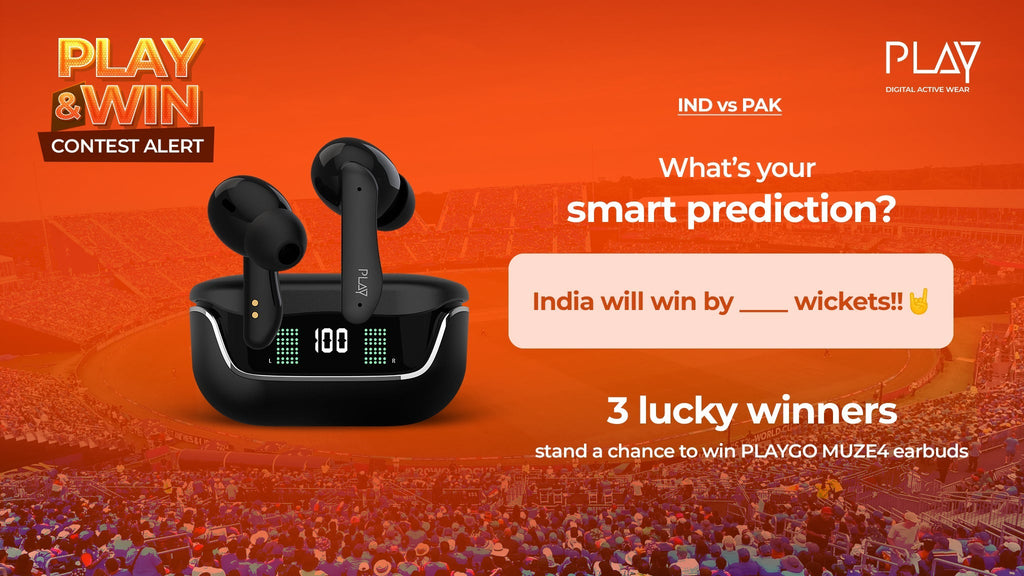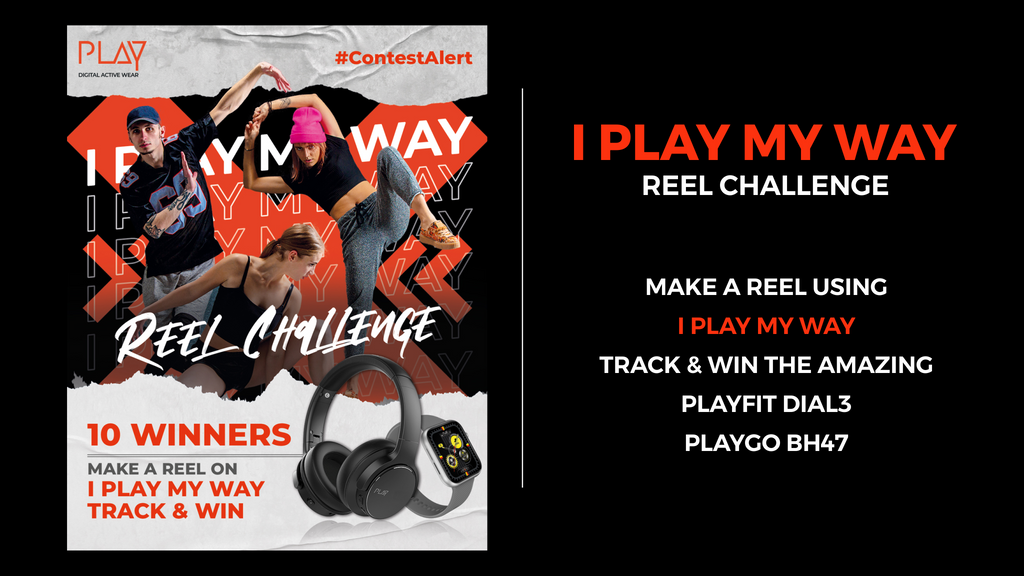

Skill Set For Designing And Avenues
What is Product design?
Product design is the process of recognizing real people with real problems and creating and validating solutions to those problems via an iterative human-centric design process. The phrase is now largely associated with the tech industry. A product designer is in charge of a product's user experience, and takes direction from product management on the product's commercial goals and objectives. Product designers are often linked with the aesthetic and tactile features of a product, but they can also play a part in the information architecture and system design of a product.
As a product matures and gains additional features and capabilities, it is possible to ensure that the user experience is straightforward and seamless. They can also help refine the user experience and make the product more efficient once it has matured.
Hamish from World of PLAY believes that, 'the fundamental belief stays the same, especially in a market that is constantly swamped with new items and ideas, architecture and design becomes a critical factor that needs to stand out.'
How to approach this field
To begin with, there is no fixed path to become a good product designer. Some product designers start off building simple interfaces for tiny businesses, some learn from industry experts, while yet others simply see a gap between a user and a need and set out to fill it. It's important to remember that it's not just technical knowledge that makes you a good product designer; it's also the method you develop to help any user reach their goal in the most straightforward way possible.
There are multiple types of designer titles out there, including UI Designer, UX Designer, Unicorn UI/UX Designer, UX Engineer, UX Rockstar, UX Product Designer, UX Researcher, Information Architect, and so on. You don't have to worry about all of those titles right now. Along the way, you'll learn more about product specialities and how to understand the consumer experience spectrum. You should be familiar with the complete iterative design process, however you may want to focus on user behaviour research or, on the other hand, graphic design and prototyping.
Following are a few skills essential for becoming a Product Designer:
Drawing and sketching
The ability to present your ideas through effective visual approaches such as sketching opens doors for better communication between designers and clients in the field of product design. Designers have discovered that sketching is an effective approach to accelerate the development of ideas in the real world.
There are instances when a sketch may convey more information than words, allowing you to grasp an idea more quickly. Sketches are useful for designers that work in teams, as they provide an easy and quick way to communicate a concept to others.
3D Modelling
Designers can use computer-aided design, also known as 3D modelling, to test, enhance, and manipulate virtual items before they go into production. These high-quality 3D drawings are exact replicas of the desired finished product in terms of dimension and detail, ensuring production quality and accuracy. Designers may produce photorealistic reproductions of things using 3D modelling technologies. These images often outperform actual photographs recorded by cameras because of their high-quality textures and smart lighting.
User Research
Research is known to be an important phase throughout a product's life cycle, not only at the start. It will almost certainly happen every time a new feature is introduced, or when current ones are improved. Designers do it to increase conversion rates or decrease user friction.
A project's research phase serves a variety of functions. Its purpose is to assist them in comprehending the market place, the users, their demands, and their objectives. It can be viewed as a first step toward defining the specifications for the product that a designer is about to build.
Visual Storytelling
Designers utilise narrative to get insight into their users, establish empathy, and emotionally connect with them. Personas are created to represent target users, and conflict is added to narratives that reflect their user journeys and concerns. Designers can better grasp what users desire from a solution by crafting stories.
Audiences are always captivated by good stories. Throughout the user experience (UX) design process, designers employ narrative to ensure that all work is focused on the consumers' needs and the value they wish to provide the users. Because they've been telling stories throughout the project, marketing the design at the conclusion is simple because the designer already know which story to tell to demonstrate how your product adds value.
Prototyping
Initial mock-ups of a proposed product are known as prototypes. Designers can physically feel and visualise the end result, understand its usefulness, and improve the product based on feedback by constructing a physical prototype. Prototyping aids in the understanding of the final product's purpose and target audience by allowing the design team to see it. A small alteration in proportions can drastically alter the appearance and functionality of a product.
Colour, Material, Finishes
The actual and perceived value of a product is influenced by how it looks, feels, and behaves. Color, Material, and Finish (often abbreviated as CMF) are the three characteristics that are used to develop products.
CMF has an impact on whether a product seems cheap or luxurious, and whether it is sturdy or fragile. Designers go to considerable lengths to ensure that CMF decisions made throughout product development are in line with the context and expectations of end users. As a product design enters full production, CMF standards become even more crucial. To preserve the original design intent and brand integrity in the final product, CMF criteria must be expressed clearly to the manufacturer.
So now that you know how to get started! Go for it! It's not easy to become a product designer. It necessitates a great deal of effort and perseverance. However, if you are passionate about assisting others in achieving their goals and have an excellent mind for putting jigsaw pieces together, you already have everything you need to get started. Best of luck, and have fun designing!
Product design is the process of recognizing real people with real problems and creating and validating solutions to those problems via an iterative human-centric design process. The phrase is now largely associated with the tech industry. A product designer is in charge of a product's user experience, and takes direction from product management on the product's commercial goals and objectives. Product designers are often linked with the aesthetic and tactile features of a product, but they can also play a part in the information architecture and system design of a product.
As a product matures and gains additional features and capabilities, it is possible to ensure that the user experience is straightforward and seamless. They can also help refine the user experience and make the product more efficient once it has matured.
Hamish from World of PLAY believes that, 'the fundamental belief stays the same, especially in a market that is constantly swamped with new items and ideas, architecture and design becomes a critical factor that needs to stand out.'
How to approach this field
To begin with, there is no fixed path to become a good product designer. Some product designers start off building simple interfaces for tiny businesses, some learn from industry experts, while yet others simply see a gap between a user and a need and set out to fill it. It's important to remember that it's not just technical knowledge that makes you a good product designer; it's also the method you develop to help any user reach their goal in the most straightforward way possible.
There are multiple types of designer titles out there, including UI Designer, UX Designer, Unicorn UI/UX Designer, UX Engineer, UX Rockstar, UX Product Designer, UX Researcher, Information Architect, and so on. You don't have to worry about all of those titles right now. Along the way, you'll learn more about product specialities and how to understand the consumer experience spectrum. You should be familiar with the complete iterative design process, however you may want to focus on user behaviour research or, on the other hand, graphic design and prototyping.
Following are a few skills essential for becoming a Product Designer:
Drawing and sketching
The ability to present your ideas through effective visual approaches such as sketching opens doors for better communication between designers and clients in the field of product design. Designers have discovered that sketching is an effective approach to accelerate the development of ideas in the real world.
There are instances when a sketch may convey more information than words, allowing you to grasp an idea more quickly. Sketches are useful for designers that work in teams, as they provide an easy and quick way to communicate a concept to others.
3D Modelling
Designers can use computer-aided design, also known as 3D modelling, to test, enhance, and manipulate virtual items before they go into production. These high-quality 3D drawings are exact replicas of the desired finished product in terms of dimension and detail, ensuring production quality and accuracy. Designers may produce photorealistic reproductions of things using 3D modelling technologies. These images often outperform actual photographs recorded by cameras because of their high-quality textures and smart lighting.
User Research
Research is known to be an important phase throughout a product's life cycle, not only at the start. It will almost certainly happen every time a new feature is introduced, or when current ones are improved. Designers do it to increase conversion rates or decrease user friction.
A project's research phase serves a variety of functions. Its purpose is to assist them in comprehending the market place, the users, their demands, and their objectives. It can be viewed as a first step toward defining the specifications for the product that a designer is about to build.
Visual Storytelling
Designers utilise narrative to get insight into their users, establish empathy, and emotionally connect with them. Personas are created to represent target users, and conflict is added to narratives that reflect their user journeys and concerns. Designers can better grasp what users desire from a solution by crafting stories.
Audiences are always captivated by good stories. Throughout the user experience (UX) design process, designers employ narrative to ensure that all work is focused on the consumers' needs and the value they wish to provide the users. Because they've been telling stories throughout the project, marketing the design at the conclusion is simple because the designer already know which story to tell to demonstrate how your product adds value.
Prototyping
Initial mock-ups of a proposed product are known as prototypes. Designers can physically feel and visualise the end result, understand its usefulness, and improve the product based on feedback by constructing a physical prototype. Prototyping aids in the understanding of the final product's purpose and target audience by allowing the design team to see it. A small alteration in proportions can drastically alter the appearance and functionality of a product.
Colour, Material, Finishes
The actual and perceived value of a product is influenced by how it looks, feels, and behaves. Color, Material, and Finish (often abbreviated as CMF) are the three characteristics that are used to develop products.
CMF has an impact on whether a product seems cheap or luxurious, and whether it is sturdy or fragile. Designers go to considerable lengths to ensure that CMF decisions made throughout product development are in line with the context and expectations of end users. As a product design enters full production, CMF standards become even more crucial. To preserve the original design intent and brand integrity in the final product, CMF criteria must be expressed clearly to the manufacturer.
So now that you know how to get started! Go for it! It's not easy to become a product designer. It necessitates a great deal of effort and perseverance. However, if you are passionate about assisting others in achieving their goals and have an excellent mind for putting jigsaw pieces together, you already have everything you need to get started. Best of luck, and have fun designing!


